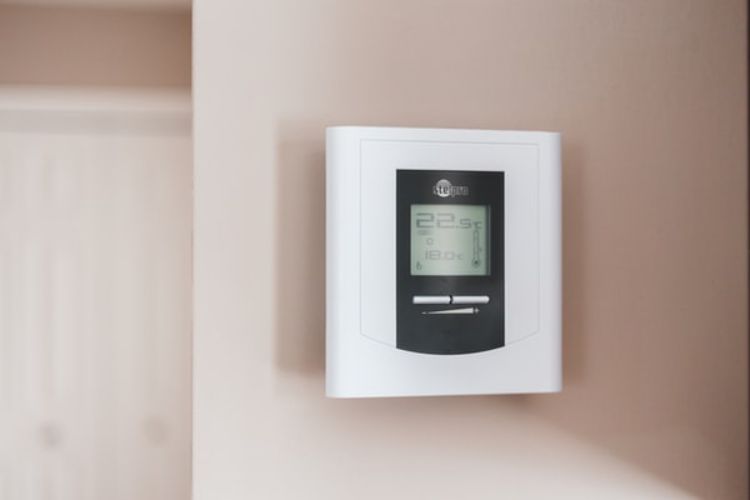If you live in a climate with high humidity, you know that it can be uncomfortable. But did you know that too much humidity in your home can actually be harmful? Your home could be a breeding ground for allergens and other harmful things if the humidity level is too high. Additionally, you might even experience problems with wet furniture and corroded appliances.
Causes of excessive humidity include poor ventilation, extreme weather conditions, poor insulation, and moisture-rich environments such as kitchens and bathrooms. If your home has any of these problems, the warm, moist air could build up and create uncomfortable conditions in the home. It could also cause problems such as condensation on windows and walls. If you notice any signs of increasing humidity in home, it’s time to take action to reduce the moisture level inside your house. Keep reading to learn more about the signs that you have too much humidity in your home.
Uncomfortable Indoor Conditions

One of the major signs that you have a humidity problem in your home is uncomfortable conditions. Your home will feel muggy and moist if your humidity levels are too high. Muggy and uncomfortable air is the direct result of high humidity. Humidity is the amount of water vapor in the air. When your home feels muggy and uncomfortable, there is too much water in the air. The humidity level can be too high for a variety of reasons, including weather conditions and how your home is constructed.
Allergies and Respiratory Problems

One of the consequences of humidity in your home is allergens and respiratory problems. If you or someone in your family suffers from asthma, allergies, or any other respiratory problem, then it is important to take steps to reduce the humidity in your home. High levels of humidity can trigger attacks and make these conditions worse.
Excess moisture can lead to the growth of bacteria, dust mites, and other allergens. Additionally, moist environments can be the perfect place for dangerous mold and mildew to grow. These organisms thrive in humid environments and can cause a variety of health problems, from asthma attacks to sinus infections.
Condensation on Windows
When humidity is high, the water vapor in the air can’t hold onto its gas form any longer, and it condenses on cold surfaces. This is what you see as condensation on windows, especially when there is a lot of moisture in the air outside. Condensation on windows is often a sign that you have too much humidity in your home.
Rusty Metal
Rust is a common problem that can form on metal when it is exposed to too much humidity in the air. This can cause the metal to become pitted, weakened, and even start to corrode. If you are seeing signs of rust on your metal fixtures or surfaces inside your home, it may be an indication that you have too much humidity in your environment.
Too much humidity in your home can have a number of adverse effects, from causing damage to your property to making you and your family uncomfortable. There are several ways to reduce humidity in your home. One way is to improve air circulation. This can be done by opening windows and doors, using fans, and installing an air conditioner.
Another way to reduce humidity is to decrease the amount of water vapor that is produced inside your home. This can be done by taking shorter showers, using less water to clean dishes and clothes, and avoiding the use of appliances like steam irons. A third way to reduce humidity is to use a dehumidifier. A dehumidifier extracts water vapor from the air and stores it in a tank or drains it outside your home. It’s important to maintain a comfortable humidity level in your home for your comfort and your health.











